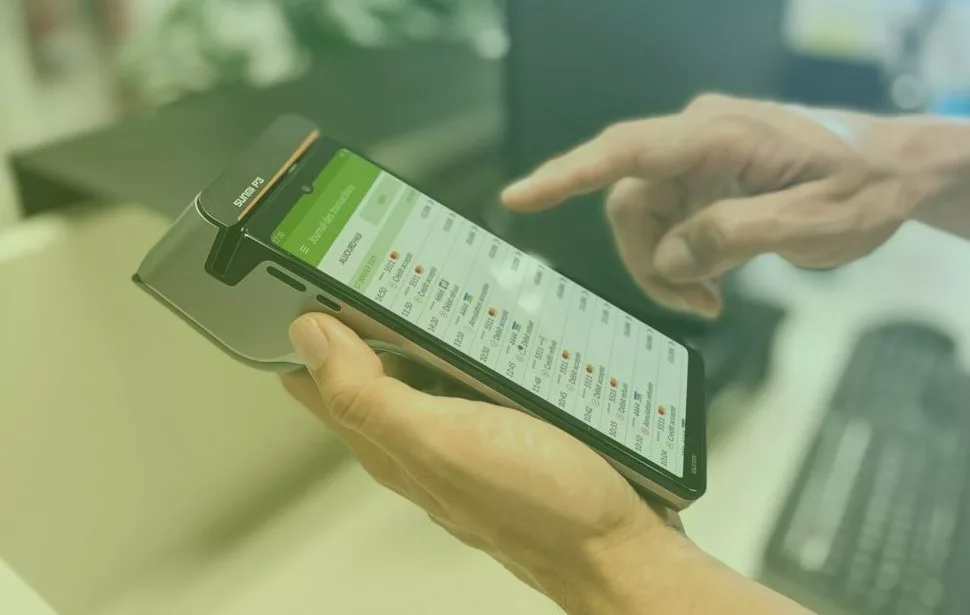Unified commerce: easier management control, better user experience and clients who will come back
For both established and emerging businesses, providing the best service every day is a challenging task. Whether it is satisfying an increasingly demanding client or responding to the constant demands and pressures of the market, the development of omnichannel commerce has ceased to be an option and it has become a mandatory task.
Since the beginning of the health crisis, many shops have been forced to develop alternative sales platforms to a brick-and-mortar shop, without, of course giving up on them. The face-to-face nature of commerce continues to be one of the added values on which we can rely to strengthen our relationship with the customer. However, there are new sales channels which, if well integrated, can complement classic shops. The aim is to develop platforms that expand and complement the classic sales strategy. We are referring to omnichannel commerce, the only possible way if you want your shop to keep on celebrating its birthday.
Omnichannel commerce is much more than selling online
When we talk about omnichannel commerce, we’re not just talking about having an online shop. It’s about making your brand and your business present across all sales channels. Channels range from the physical shop, through social networks or telemarketing, to the pinnacle of omnichannel: e-commerce. It’s the only way to reach all your customers by offering them a shopping channel tailored to their needs as a consumer.
But an omnichannel commerce strategy is much more than this; to be consistent and effective, it needs to be developed in a unified way. In other words, each of the channels must be in contact and complement the rest. A unified commerce strategy resembles a team with different players cooperating with each other for the same goal: a comprehensive shopping experience. A unified commerce strategy means:
- Selling through the web, and offering the
- Generating a digital ticket with every purchase in the physical shop.
- Sending an SMS to recover an abandoned cart.
- Allowing the customer to make purchases on the web from the physical shop itself.
- Generating personalised ads based on visited sites or previous searches.
- Using chatbots that redirect your customers from social networks to the online shop or directly to a payment link (or pay-by-link).
- Offering IVR to serve web customers who prefer to complete their purchase through an agent.
And basically, any possible combination between the different channels or sales resources, which connects them, complements them and enhances their conversion capacity. All this is achieved by centralising management thanks to databases and digital platforms, which not only speed up the synchronisation between channels, but also between workers themselves.
If we had to summarise the two main features of unified commerce, they would be: offering the client the most personalised and comprehensive support possible, and synchronising all channels for maximum optimisation of the strategy. However, it is easy to list the many benefits of a unified commerce strategy:
- Management control is much more efficient: since all channels are connected, it’s much easier to understand the performance of each of the sales channels, and analyse the main KPIs of your business.
- Job training is simplified. Using a single central platform that integrates all sales channels makes it easier to handle, reduces training costs, and promotes communication between team members.
- You get real-time updates. If your sales between channels (physical shop, ecommerce, social networks…) are processed separately, management is much slower and poorer. Interconnecting channels allows you to check stock data in real time: purchases from any channel are processed through a single central database.
In short, offering a unified shopping experience is created with the end customer in mind: in realistic shopping experiences with real customers. All phases of the purchasing process (searching, deciding, paying, and sometimes returning) are developed to be flexible and adapt to all your customers, no matter how they are.
Payment solutions for the unified commerce experience.
The time of payment is one of the most sensitive phases when it comes to generating conversion and, even better, building customer loyalty. Because it is true, offering different payment channels is important to adapt to the consumption habits of all your customers. But providing the highest assurance of safety is another essential factor in building trust, and being chosen as a regular e-shop.
PayXpert, the omnichannel solution for increased revenue in 2023
Our speciality is designing technology to optimise the finances of businesses like yours. How do we do it? By developing tools that help you understand your conversion, and allow you to sell more. One of these tools is multichannel payments, with which we demonstrate the importance of knowing and meeting the specific needs of all your customers. All with the guarantees of the Payment Card Industry Data Security Standard (PCI DSS). What payment channels do we offer?
- MOTO: Our system allows your agents to easily collect order information using forms or a phone call. The payment can be processed by the agent itself, through IVR (interactive voice response) or pay by link (a link that redirects the user to the payment page in a direct and secure way).
- SOFT MPOS: It allows you to turn your mobile phone (or that of your sales agents) into a dataphone with the same services and features. A good way to expand your sales network and reach more customers.
- Our POS : easy to use and compatible with international payment methods such as WeChat Pay, and Ali Pay, to satisfy the Chinese customer; or RuPay for the Indian customer. It also features a camera card scanner and NFC, making it compatible with the latest Visa and MasterCard industry standards (encrypted transactions and card details).
- IVR: an Interactive Voice Response with which you can accept payments with the highest assurance of data protection. This saves the cost of a PCI-compliant call centre while conveying professionalism and trust to your customers.
- Digital payments: with 180 different processing currencies, and more than 100 alternative payment methods, it is the most popular payment method in e-commerce. Thanks to our extensive network of banks and payment providers worldwide, we provide you with a complete and international payment solution.
Integrating our payment gateway is a great way to start selling more online, in your physical shop or wherever you want to run your business. Looking for a unified commerce strategy? Visit our website to find out how we can help you go further.




